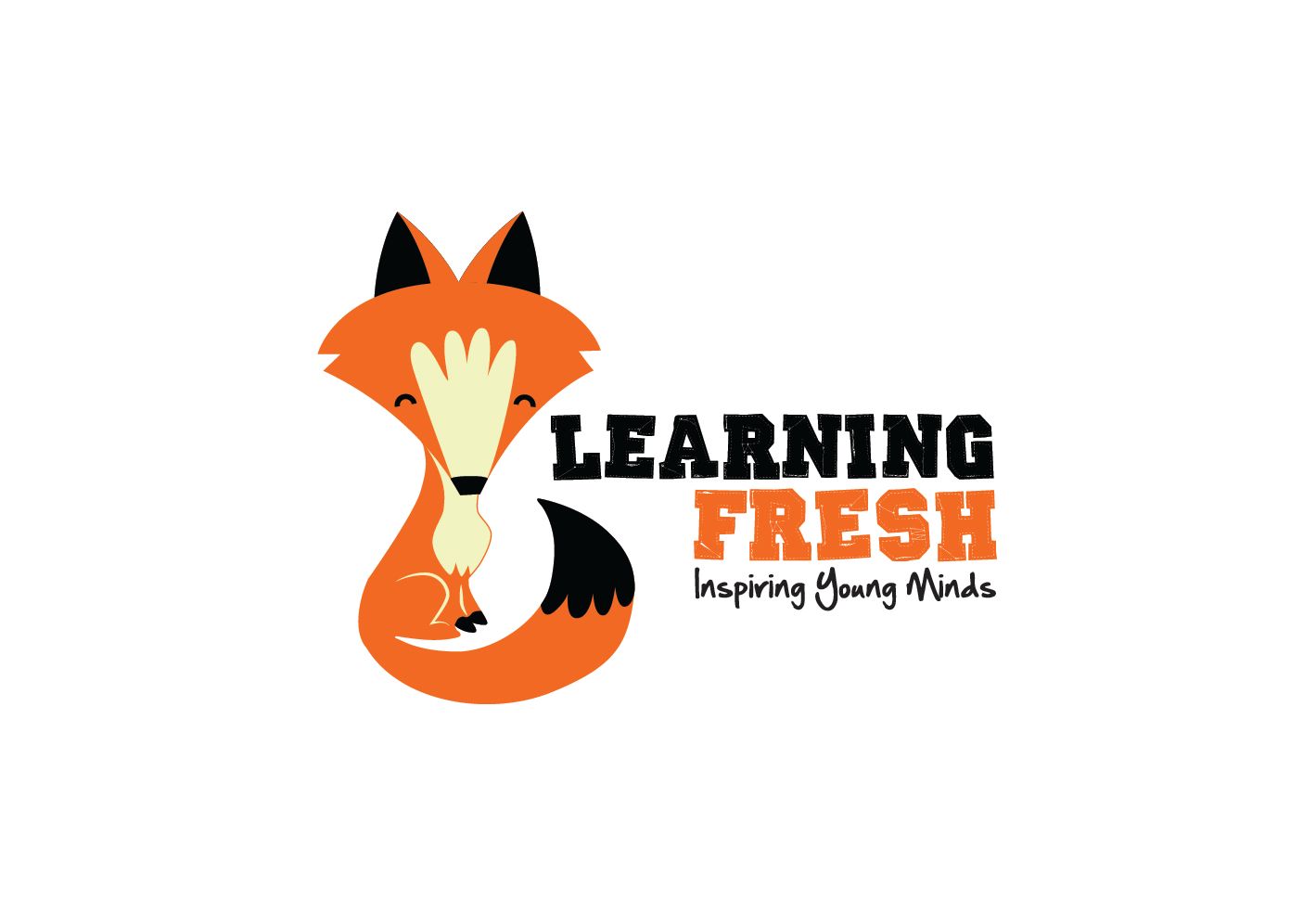Debunking Common Myths About Online Learning
Understanding the Reality of Online Learning
In recent years, online learning has gained significant popularity, providing students with the flexibility and accessibility to learn from anywhere in the world. However, despite its growing acceptance, numerous myths continue to surround this mode of education. In this blog post, we aim to debunk some common misconceptions about online learning and shed light on its true benefits and challenges.

Myth 1: Online Learning Lacks Quality
One persistent myth is that online courses lack the quality and rigor of traditional classroom settings. However, this is far from the truth. Most reputable online courses are designed by experienced educators and undergo rigorous quality checks. Institutions offering online programs often use advanced teaching methods, interactive content, and up-to-date resources to ensure a comprehensive learning experience.
Moreover, online platforms allow for the integration of various multimedia elements such as videos, quizzes, and discussion forums, enhancing the overall quality of education. As a result, students can engage with the material in dynamic and meaningful ways.
The Flexibility of Online Learning
Myth 2: Online Learning Is Easier
Another widespread misconception is that online learning is easier compared to traditional education. While online courses offer flexibility in terms of schedule and location, they still require a significant amount of discipline and self-motivation. Students must manage their time effectively, complete assignments by deadlines, and actively participate in discussions to succeed.

In fact, some students find online learning more challenging due to the need for self-directed study. Without the physical presence of a teacher or classmates, it becomes imperative for learners to take initiative and seek assistance when needed.
Myth 3: Limited Interaction with Instructors
There is a misconception that online learners have limited interaction with their instructors. On the contrary, many online courses offer various channels through which students can communicate with their teachers. Email, video conferencing, and discussion boards provide ample opportunities for students to ask questions and receive feedback.
Furthermore, online platforms often facilitate peer-to-peer interaction, allowing students to collaborate on projects and engage in meaningful discussions. This sense of community can be just as strong as in a traditional classroom setting.

The Cost-Effectiveness of Online Learning
Myth 4: Online Learning Is Expensive
A common myth is that online education is prohibitively expensive. In reality, online learning can be more cost-effective than traditional education. Students save on commuting costs, housing, and sometimes even tuition fees. Many institutions offer financial aid options specifically for online learners, making education accessible to a broader audience.
Additionally, the ability to learn at one's own pace can enable students to balance work and study, potentially reducing financial burdens associated with full-time enrollment.
The Future of Education
As technology continues to evolve, online learning will play an increasingly vital role in education systems worldwide. By debunking these myths, we hope to encourage more individuals to embrace this flexible and dynamic form of learning. With the right mindset and resources, online education can provide an enriching and rewarding experience for students of all ages.
